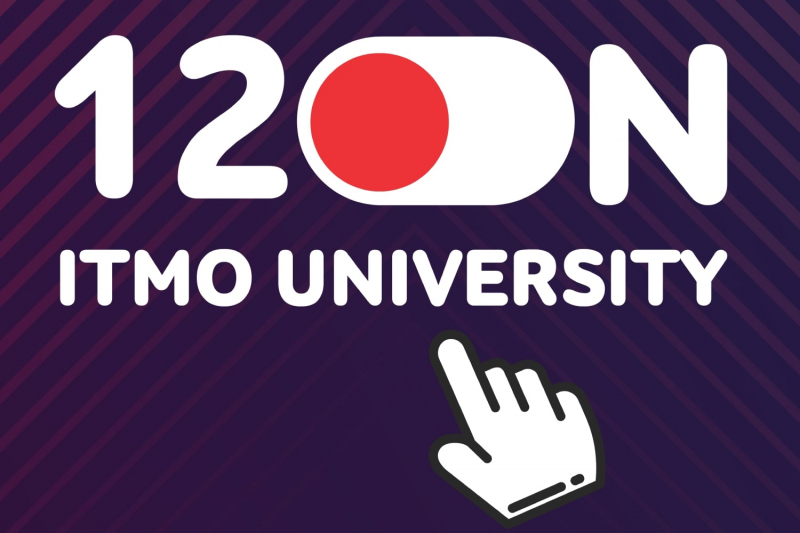Creating the first laser technology laboratory in Russia
Vadim Veiko, Professor at the Faculty of Laser Photonics and Optoelectronics, Head of International Laboratory "Laser Micro-and Nanotechnologies”, USSR State Prize Laureate, Honored Worker of Science of the Russian Federation
The field I work in – laser technology – began to develop at LIFMO in 1965. At that time, the research team that M.N. Libenson and I were part of has moved there from the House of the Soviets on Moskovskyi Av. Three final year students from the quantum electronics department (at the time headed by K.I. Krylov) and one mechanic have joined us. That’s how the first USSR university Laser Technology laboratory was created.
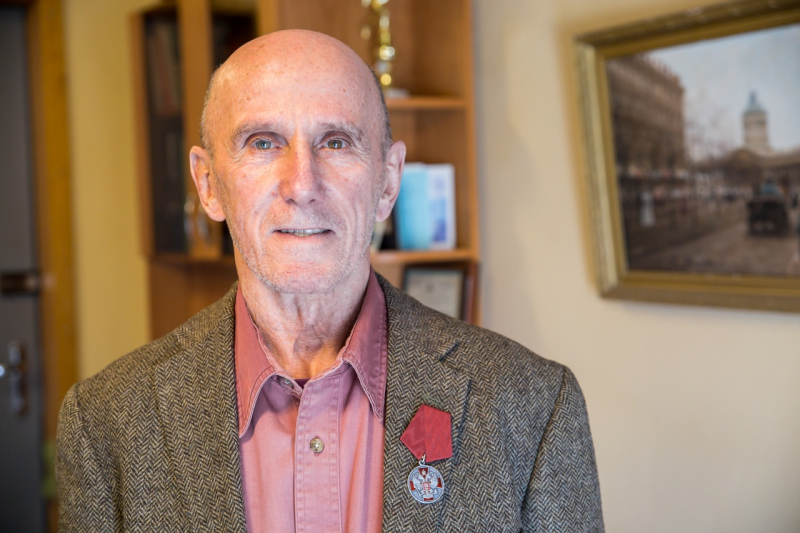
It should be mentioned that K.I. Krylov paid attention to invention of lasers back in 1963, and arranged a student club related to this topic, and then a department at LIFMO. The work at the laboratory was very active. In ten years, an industrial laboratory was created on its basis by an order from the Higher Education and Electronic Industry Ministries. The laboratory was made for research in the field of laser technology in microelectronics. The order itself, however, was hard to receive: we had to spend a lot of time at the ministry offices, and once we got it, it was limited to ten laboratory workers. To our great surprise, though, in two months we received another order for extra ten people.
Since 1976, we had been conducting major work in laser processing of thin films, and were noted by the USSR Presidium of the Academy of Sciences in the field of fundamental problems in microelectronics, and two Prizes from the USSR Ministry of Higher Education. By 1985, we had completed the development of scientific basis for these fields, thousands of devices were produced and implemented at the factories, among them Quartz-2, 4 and 5 by LIFMO. For all this work we were awarded the USSR State Prize in Science and Technology.
Active work
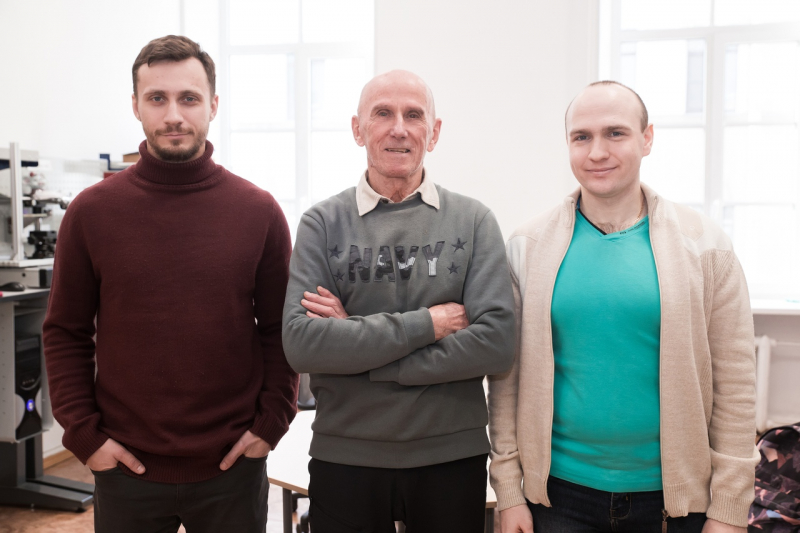
Our laboratory is still active, and has overcome all the challenges. In 2010, our work was noted by the Government Prize of the Russian Federation in education. On the basis of the laboratory, the scientific school “Fundamental Basis of Laser Micro- and Nanotechnology” was created, whichbecame one of the best ones in Russia. During the 50 years of its existence, over 50 PhD and five DSc degrees were received here.
Today, a new team of young PhD students work at the laboratory, and brand new laser technologies are being developed.
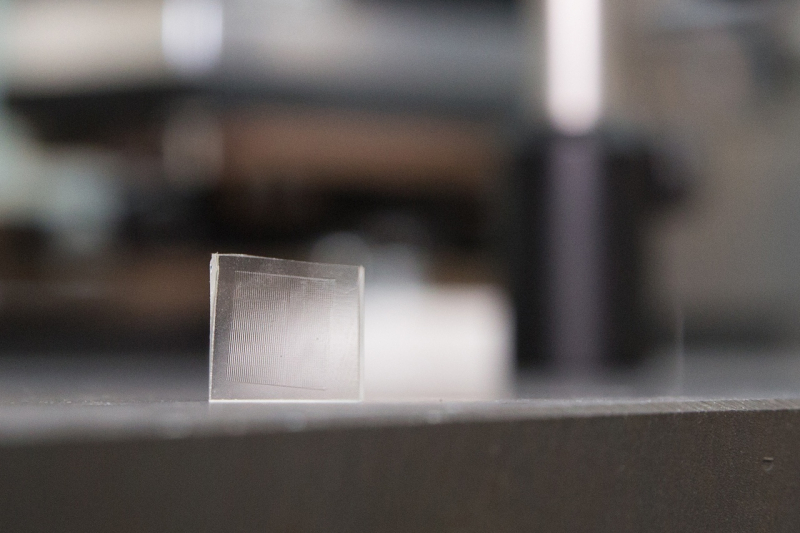
Among them:
-
Laser-induced microplasma as a tool for creating new means of controlling light beams
-
Superresolution etching of diffractive optical elements by means of laser thermochemistry,
-
Effective material management based on laser marking and reading methods.
And finally, I would like to mention a another kind of event: alpinism is my personal hobby, and, thanks to it, ITMO University Peak appeared on the world maps in 2018. It’s located at the Pamir mountains, 4729 m above the sea level.
The birth and development of optic holography
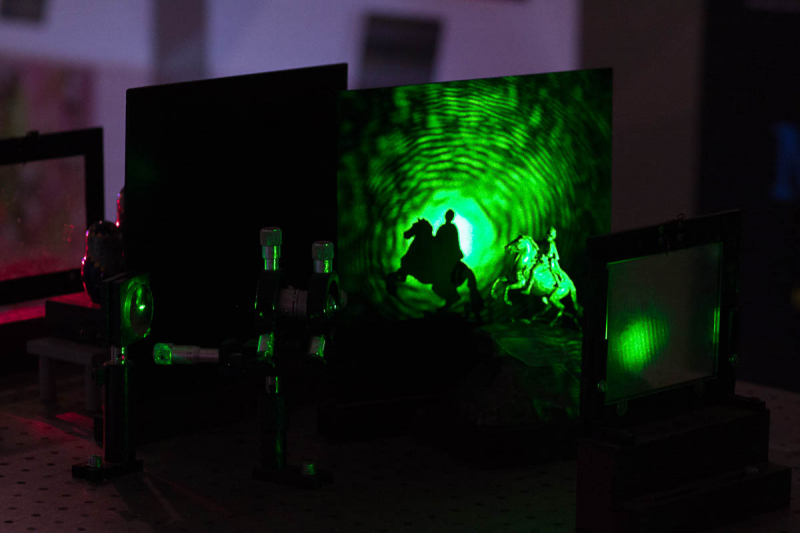
Igor Denisyuk, Head of International Laboratory “Nonlinear optical molecular crystals and microlasers”
I’ve been working at ITMO University since 2001. At some point of his life, my father, Yuri Denisyuk, also worked here. It so happened that fields of studies that we brought here, had started to develop at Vavilov State Optical Institute: my father graduated from LIFMO, and was sent to work there.
Long before he became an ITMO University professor, he worked at The Vavilov State Optical Institute. At first, it was about developing ballistic missile guidance systems for submarines. Later, during his PhD studies, he was given Lippmann’s interference photography as his research topic. It was poorly researched, but relevant. By working on it, Yuri Desniyuk acquired a new, unexpected result: a recording of a quasi volume image. By relating it to the Gabor’s holography, and using new light sources (lasers), he created a method for volumetric capture – holography. It’s probably still the latest big invention in classical optics.
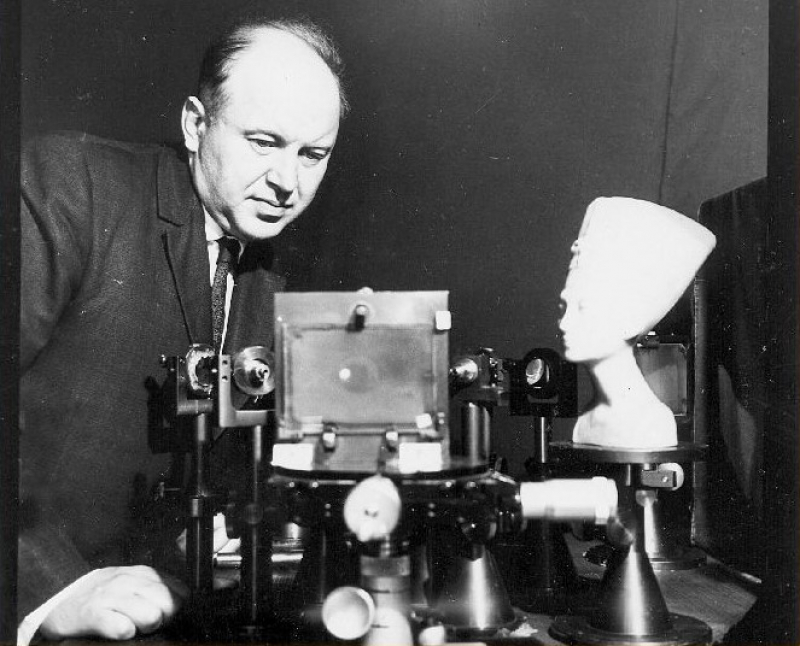
A laboratory of holography was created at the Vavilov State Optical University. It used to function well, but then Yuri Nikolaevich had to leave for the Ioffe Institute of the Russian Academy of Sciences. Lab’s staff stayed for some time, but later left for ITMO University along with the special equipment and their studies. Yuri Nikolaevich also worked at ITMO University. He was supervising research and giving lectures, and hisimpact still remains.
Hybrid optical nanostructured materials
I started to work at the Vavilov State Optical University in 1979. I took part in the creation of military units, and conducted fundamental research. While designinga photothermoplastic film, which was developed for use on military satellites, I was looking for a way to get flexible transparent layers of a semiconductor sensor.
As it often happens, by solving this singular task, I found a method for CdS, ZnS, ZnO nanocrystal semiconductor synthesis. Back then, the term “nano” hadn’t even been coined yet. I published this work, and, as it turned out, it was more impactful than I thought.
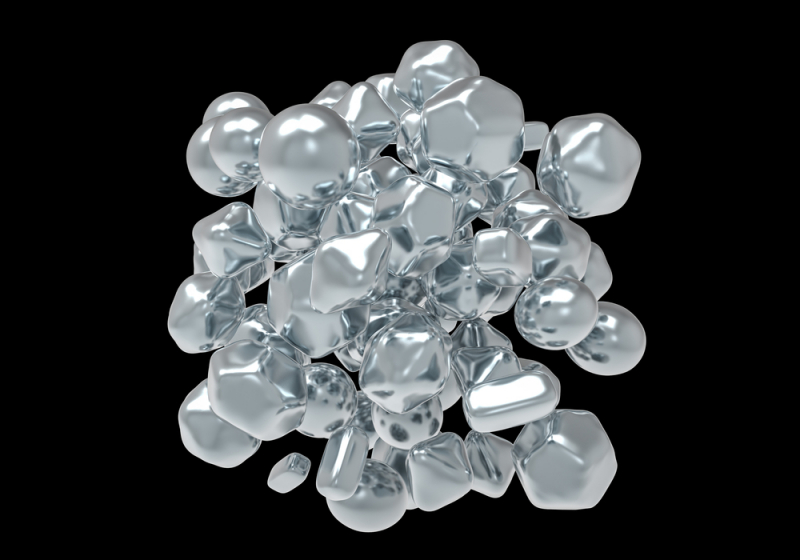
Later, my “Hybrid Optical Nanostructured Materials and Self-organized Structures” scientific school was created. It’s included in the list of the best scientific and educational schools of St. Petersburg. 2001, the year when the nanocomposite was created indicates the year the school was opened. Thus, a scientific laboratory conducting research and applied works was established.
In the mid-2000s, I left the Vavilov University and, along with my laboratory staff, started to work at ITMO University. We were giving lectures, supervising student internships and research on the formation of micro-optical elements by the method of self-assembly, and on nonlinear optical crystals. Our nanocomposite material proved to be suitable for recording holograms, which was also a new field of research and applied work.
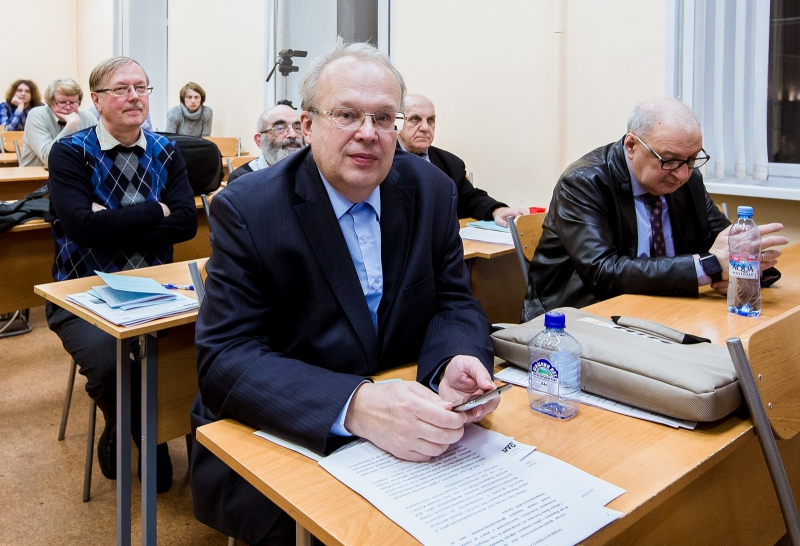
From generation to generation
Currently, we are working on two projects: the Russian Foundation for Basic Research’s grant called “Research of terahertz radiation by optical rectification on a nonlinear DAST crystal with a formed grate that provides quasi phase-match and an increase in generation’s efficiency” and a research project on the development of thin-film light modulators based on DAST crystals.
Both projects are interesting and important for science and technology, and what’s more – their completion will ensure the international laboratory’s existence. Soon my students – Elizaveta Sheklanova and Mariia Fokina – will continue my work. They have been around me for many years, so that’s how it goes from generation to generation. They are serious researchers with grants and employees. Time flies, and it should be that way.
Metamaterials: from studying a new field to creating a leading international research center
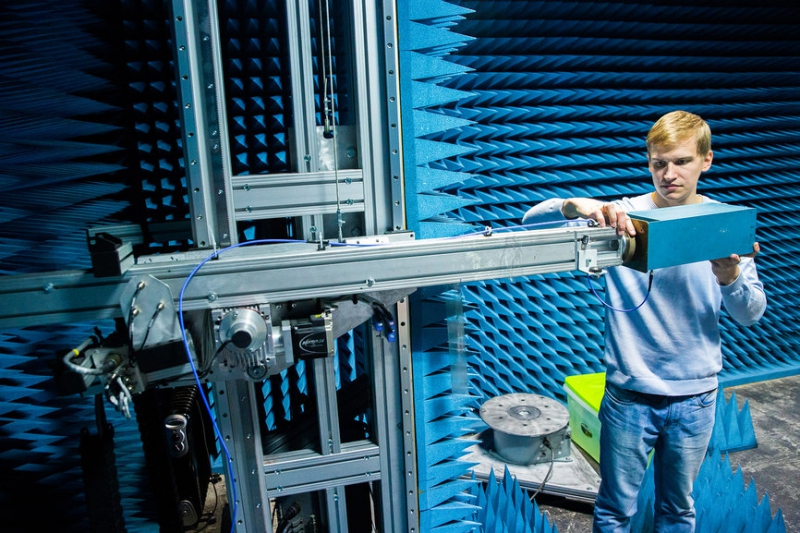
Irina Melchakova, head of International Research Laboratory “Applied Radiophysics”, associate professor at the Faculty of Physics and Engineering, head of International Research Office
Fifteen years ago, when my colleagues and I were just starting our research, we did not even think that our work would lead to the creation of a whole unit, a scientific center – the Faculty of Physics and Engineering. In 2004, I had a project in radiophysics supervised by Konstantin Simovskii, after which I entered a PhD program. I studied at the Department of Natural Science, and Konstantin Rufovich taught at the Department of Physics. Back then, Konstantin Rufovich had another student, Pavel Belov, who was engaged in research in a new field – metamaterials.
As we remember, in the end of the ‘90s – the beginning of the 2000s it wasn’t easy to be a scientist. It was hard to get funded. In many ways, we were working thanks to scientific projects with our Finnish colleagues: we conducted research for Nokia. In 2009, Pavel Belov received one of the first Russian grants in metamaterials.
In 2010, we received a megagrant that was supposed to be spent on creating a laboratory. It was the starting point for our future development. We were looking for new people, each of them created a team around them, so we got bigger and bigger. As a result, we are a major research center, both educational and scientific.
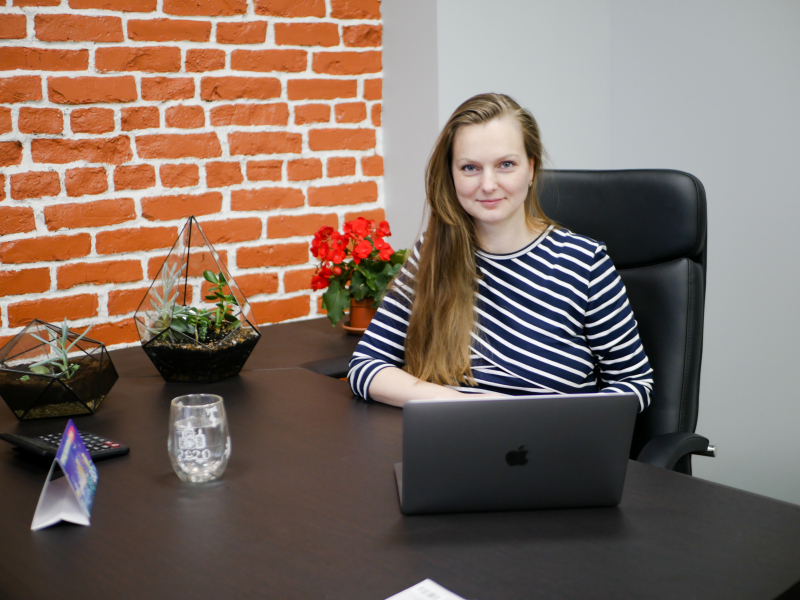
Now, when I look at our Master’s and PhD students, I envy them a little: they have an interesting environment to develop in, lots of fellow colleagues, and opportunities for studying and research.
Over last 15 years, we have worked in many fields. For me, the most interesting project would have be our work in metamaterials for increasing the MRI efficiency. Why? It started with fundamental research, and now, after all the stages, it led us to creating special coils for MRI scanners. There were lots of other works: in hyperbolic materials, dielectric nanophotonics, and perovskite photovoltaics. We’re proud to have a publication in Science. Its main author is our PhD student Kirill Koshelev.
Now we understand that we’re good at doing research, but we’d like to expand our competencies and conduct more R&D works. We’re on the lookout for stable industrial partners, we’re trying to understand what they need, how we can help them by applying our fundamental knowledge.
Bioinformatics: from first research to the foundation of a research and education center in collaboration with the world’s leading researchers
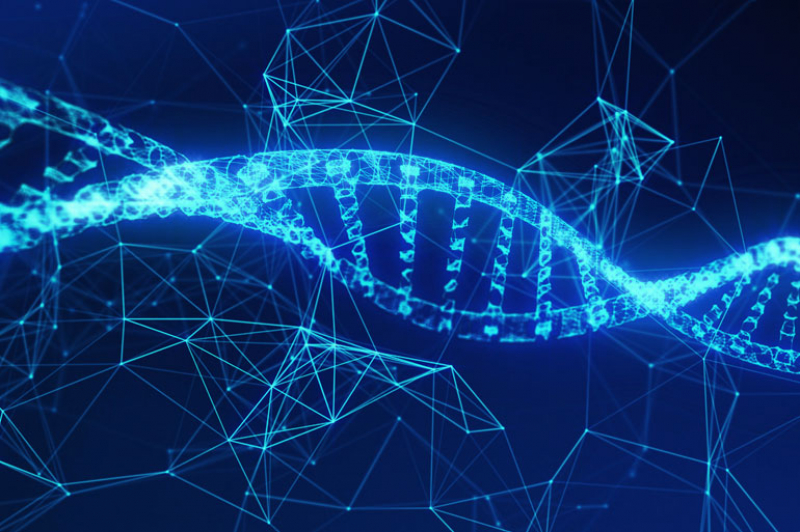
Aleksey Sergushichev, head of the Laboratory of Genomic Diversity, head of the Bioinformatics group at the International Laboratory “Computer Technologies”
The first research in the field of bioinformatics at the university started in the end of 2009 – the beginning of 2010. At the end of November 2010, at the initiative of Prof. Anatoly Shalyto, ITMO was visited by Egor Prokhorchuk from the team of the member of the Russian Academy of Sciences Konstantin Skryabin. At the meeting with the students of the Department of Computer Technologies, he talked about genomes and related bioinformatics tasks. As a result, several of our students started pursuing this field as the topic of their theses (Mikhail Dvorkin, Vladislav Isenbaev and Evgeny Kapun). Later, my groupmates (Anton Alexandrov and Sergey Kazakov) and I also took on this task under the guidance of Fedor Tsarev, a world champion in programming.
2013 played a key role for the university’s development in this field. At the end of that year, I managed to visit the Washington University in St. Louis to do an internship under the then-beginning researcher, and now professor, Maxim Artemov. At the same time, my groupmate Vladimir Ulyantsev, who is now the director of the International Laboratory “Computer Technologies”, took part in an internship at Dmitry Alekseev’s group at the Federal Research and Clinical Center of Physical-Chemical Medicine.
Also in that year’s successes, ITMO University joined the Project 5-100, which allowed us to stay at the university and continue our research in this promising field. Around the same time, we began to conduct educational activities in the form of an annual seminar on systems biology, which in 2018 grew into a Master’s program in Bioinformatics and Systems Biology.
As a result, several areas have formed in which our research is conducted on the highest word-class level: data analysis in the field of immunology and cancer, metagenomics, comparative genomics, as part of our activities in which we publish articles both in leading specialized bioinformatics journals and in leading biological journals, including Cell, Nature, and Science, and thousands of scientists around the world use our software tools.
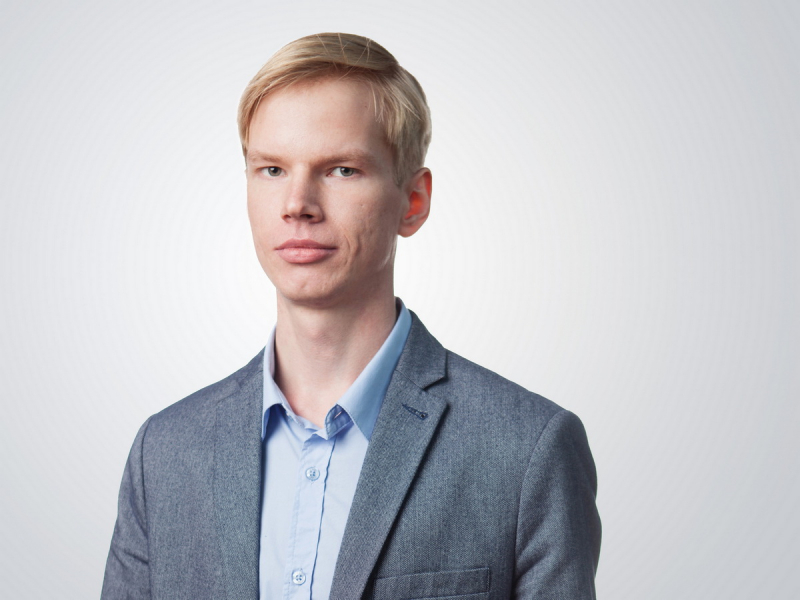
Prospects and topical tasks
One of the main tasks now is of an organizational nature: over the recent years our team has grown significantly, which requires us to adapt our work formats. In terms of science, I’d single out several areas.
Firstly, it’s our research on the methods of interpreting the results of a genome-wide analysis of associations carried out in collaboration with Mark Daly’s laboratory at the Broad Institute. Though this is a long-existing task, now there is an opportunity to make a breakthrough in this field by applying a large amount of open-access methods and their analysis with the help of effective computational methods.
Secondly, it’s systematic analysis of open databases on gene expression. We already have fully fledged tools for the search, visualization and analysis of such data, but now all these tools need to be brought together in a single platform to give biologists from all over the world simple and useful access to the existing bodies of data.
Thirdly, it’s the development of the newly established research area of animal genomics, in particular that of endangered species, under the guidance of Prof. Stephen O’Brien, as well as the accumulation of expertise in the field of human genomics.
Infochemistry: a new research field at the intersection of sciences
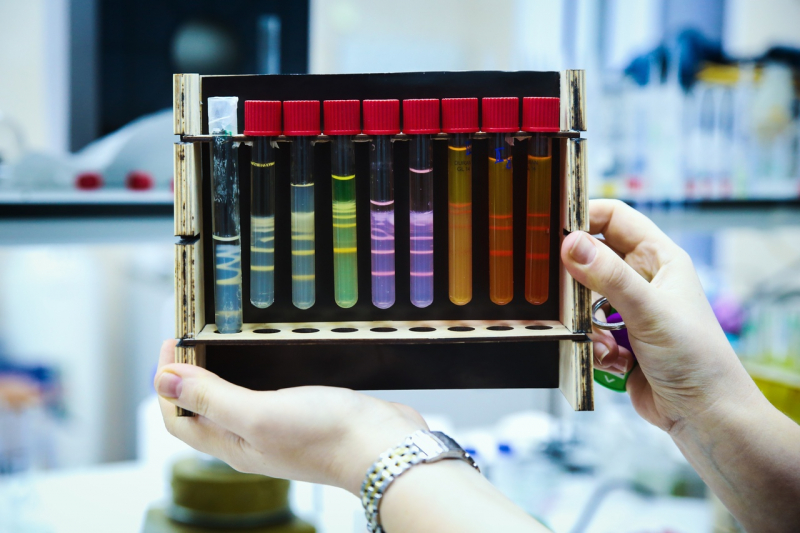
Ekaterina Skorb, head of Infochemistry Scientific Center, professor at ITMO University’s ChemBio Cluster
Today, there is a trend for tackling important problems with the help of interdisciplinary fields. It was this that led to the creation at ITMO, one of the best IT universities, of the Infochemistry Scientific Center, where one of the university’s priority areas – information technologies – is considered through an entirely new lens: on the molecular level and in chemical systems.
Infochemistry is a field of fundamental experimental chemistry, formed at the intersection of chemistry, biology, computer technologies, robotics and maths. It studies the possibility of recording, storing and processing data on the molecular level, as well as the robotization and digitalization of chemical technologies. At the Infochemistry Center, we work in several directions: from the creation of artificial cells to programming systems for bacterial biofilms, smart dynamic materials and diagnostic systems that are activated by light, research and modeling of nonlinear chemical processes, as well as robotization and digitalization of chemical technologies and materials science.
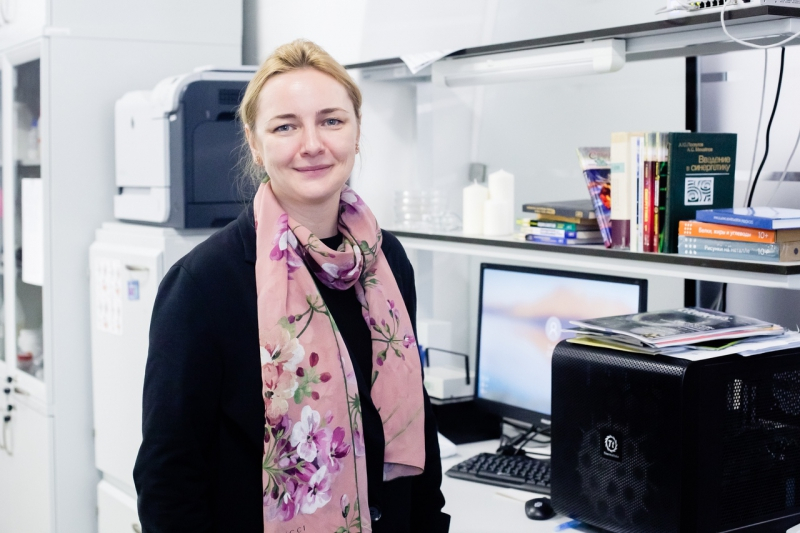
During the period of over 10 years, I worked at Max Planck Institute, conducting research and, in later years, leading a research group with the aim of developing a new generation of biomaterials. In 2016-2017, I worked at Harvard University as part of the group of George M. Whitesides, the world’s most cited chemist with a h-index more than 220. In 2017, I moved to Russia to assume the position of a professor at ITMO University, advancing the new research area of Infochemistry both in terms of science and as part of training Bachelor’s and Master’s students, organizing summer and winter research schools, internships, and even participating in the program Art & Science.
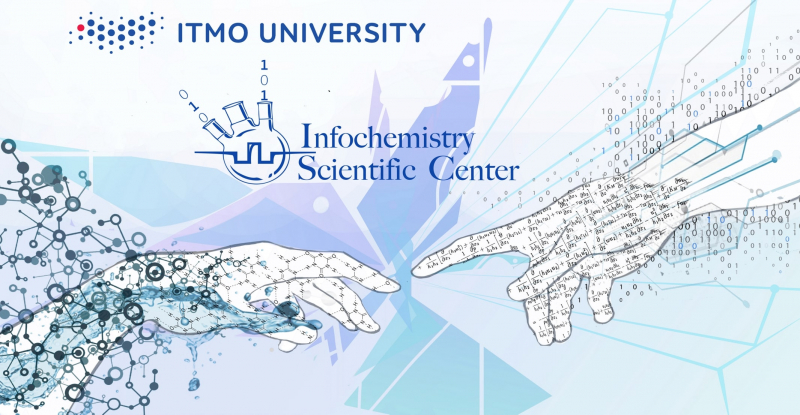
Prospects and topical tasks
Our center’s development plans are first and foremost focused on the work on breakthrough solutions to important challenges our world currently faces. To that end, ITMO University’s Infochemistry Center is part of international consortiums with other leading universities and key research centers such as Max Planck Society, Harvard University, National University of Singapore and others.
The Infochemistry Center’s scientific consultant, Nobel Prize in Chemistry Laureate Jean-Marie Lehn, supports all of the ambitious ideas on the development of breakthrough solutions for encoding, storing and processing information on the molecular level. Moreover, the training of Bachelor’s, Master’s, and PhD students on the basis of the “Education through Science” principle is yielding great results: the young researchers are involved in the solution of important tasks from their very first days at the university. We’re also working with school students. Undoubtedly, this research area will continue to be developed at other Russian and international centers, but ITMO University will forever remain the leader in this interdisciplinary field.
